
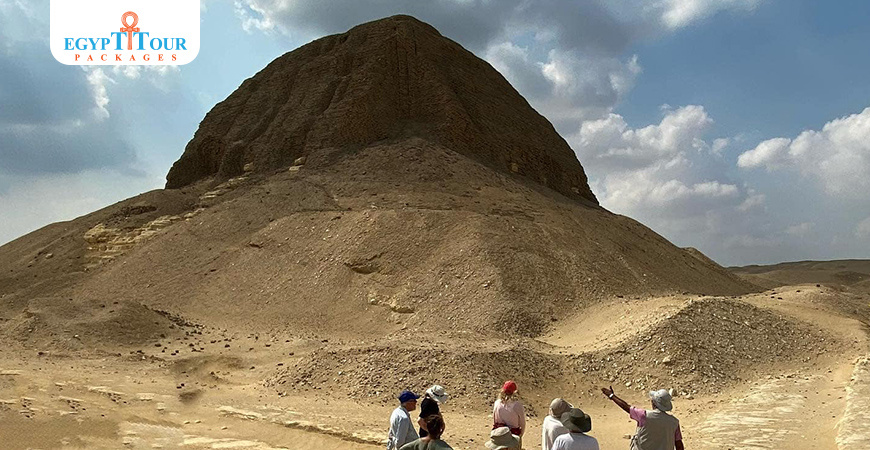
Pyramid of Senusret II
The pyramid of Senusret II at El Lahun is the pyramid complex constructed for the pharaoh Senusret II in the Twelfth Dynasty.
Pyramid of Senusret II
During the Middle Kingdom,El-Faiyum region flourished as the fertile area, around Birket Qarun was developed into a recreational area for hunting, fishing, and bird-catching by kings and high-ranking officials,It became so popular that the kings Senwosret II and Amenemhet III of Dynasty XII chose this region as the location for their pyramids. Senwosret II's pyramid complex is located in el-Lahun (also known as Illahun), while Amenemhet III's complex is situated in Hawara, on the southern edge of the oasis, near the Beni Suef to Cairo desert road.

What was Senusret II known for?
Senwosret II made the decision to build his pyramid complex in el-Lahun, which he named 'Senwosret Shines'. The pyramid, although once grand, is now in a state of ruin. In certain areas, you can observe yellow limestone formations jutting out from the debris of the mudbrick fill. This pyramid was the first of its kind, constructed primarily with mudbrick, and it was originally adorned with a white limestone casing. However, during Dynasty XIX, this casing was taken off, as stated in an inscription deciphered by Petrie.
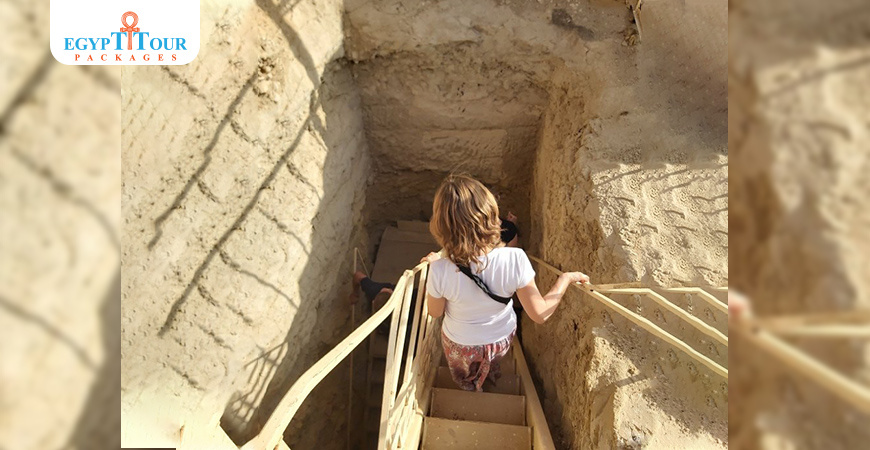
What was Senusret II known for?
Khakheperre Senusret II was the fourth Pharaoh of the Twelfth Dynasty of Egypt. He ruled from 1897 BC to 1878 BC. His pyramid was built at El-Lahun. Senusret II was very interested in the Faiyum oasis region and started a project to improve irrigation by constructing a dike at El-Lahun and creating a network of drainage canals from Bahr Yussef through Lake Moeris. This project aimed to increase the amount of cultivable land in the area. Senusret II's decision to move the royal necropolis from Dahshur to El-Lahun, where he built his pyramid, shows how important this project was. El-Lahun remained the political capital for Egypt's 12th and 13th Dynasties. The king also established the first workers' quarter in the nearby town of Senusrethotep (Kahun). Unlike his successor, Senusret II had good relations with the provincial governors of Egypt, who were almost as wealthy as the Pharaoh. His Year 6 is recorded in a wall painting from the tomb of a local governor named Khnumhotep II at Beni Hasan is an ancient Egyptian cemetery. It is located approximately 20 kilometers to the south of modern-day Minya. Beni Hasan .
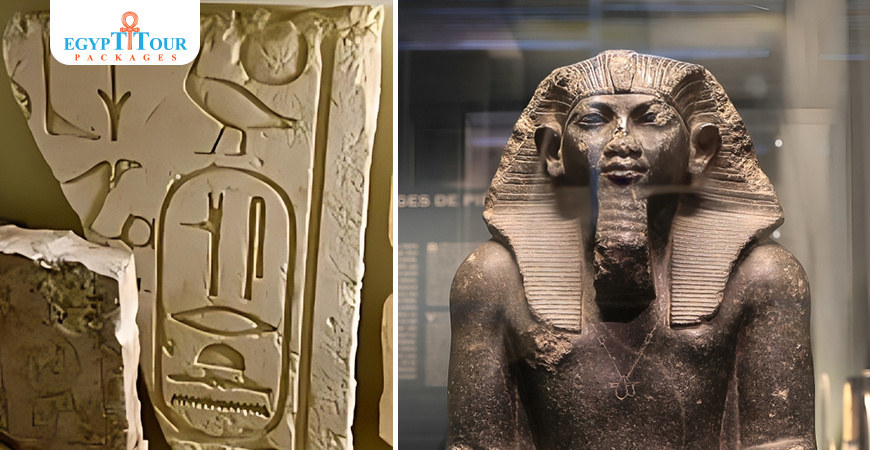
Lahun Pyramid
In 1889-90, Petrie conducted a thorough investigation of the structure. He found an entrance that was different from the usual location on the northern side. Instead, it was a vertical shaft located several meters east of the southern side, beneath the floor of an unidentified princess's tomb . The original entrance was a larger shaft situated further south, which was likely used to transport the sarcophagus. This shaft and sloping corridor were constructed to mimic the entrance of a burial chamber, possibly to trick potential robbers. The hallway continued north and went up towards a small room, then turned west towards the King's burial chamber made of granite inside the pyramid. Even though the burial chamber had been robbed in ancient times, they found Senwosret II's red granite sarcophagus along with an alabaster offering table that had the King's name on it. Petrie also discovered a gold uraeus, possibly from a statue of the King, as well as fragments of leg bones from a side room. Another unique feature of this pyramid was a trench filled with sand, dug into the ground around the structure to prevent flooding.

Pyramid of Senusret II
On the northeast corner of Senwosret’s pyramid, there was a smaller pyramid for a queen. Eight large mudbrick mastabas were lined up to the west of it, which are believed to be cenotaphs instead of real tombs. Smaller tombs for princesses were discovered on the south-eastern side of the King’s pyramid. In later seasons, Petrie started exploring the princess’s tombs. In 1914, his assistant Guy Brunton found the famous ‘el-Lahun treasure’ while excavating Princess Sit-Hathor-Iunet's tomb. A remarkable collection of jewelry and cosmetic vessels from the Middle Kingdom was discovered in a deep layer of silt, with their ornate wooden caskets already decayed. These objects, considered one of the greatest treasure hoards found in Egypt, are now displayed in the Cairo Museum and the Metropolitan Museum in New York.

pyramid complex of Senusret II
Senwosret's complex, which had a mortuary temple that is no longer standing, was protected by a limestone enclosure wall. This wall had niches that resembled the enclosure of Djoser's Step Pyramid at Saqqara. Additionally, rows of trees were planted along the outer perimeter, possibly mirroring the trees that surrounded the 'mound of creation' in Osirian mythology. North of the pyramid, Petrie discovered the ruins of another structure thought to be a heb-sed chapel. The distant site of Senwosret’s Valley Temple has been located, but little is known of its plan, and the causeway leading to it has never been excavated.

Pyramid of Senusret II fact
The King's pyramid town, called Kahun, was located northwest of the Valley Temple. It was built to honor Senwosret and included houses for workers and officials. When it was discovered in 1889, it was the only complete pyramid town still intact. The town provided valuable information about the daily lives of its residents. One of the most significant findings was a large collection of papyri, including wills, medical texts, astronomical texts, and even a veterinary papyrus. These texts, known as the 'Kahun texts,' were stored in the temple archive and included religious documents. Today, they are preserved in Cairo, University College London, and Berlin. Unfortunately, the town site is now buried under sand. In April 2009, the Egyptian Ministry of Culture made an announcement about the discovery of a necropolis at Illahun. This necropolis dates back to the Middle and New Kingdoms, as well as Dynasty XXII. Excavations have uncovered different types of tombs, including those with wooden coffins and mummies wrapped in linen. Additionally, several mummy masks have also been found.

The treasure of El Lahun
On April 26, 2009, the Supreme Council of Antiquities made an announcement about the discovery of a collection of mummies from the pharaonic era. These mummies were found in colorful wooden coffins near the Lahun pyramid in Egypt. The coffins were adorned with vibrant shades of green, red, and white, and featured images of the people inside. Archaeologists uncovered many mummies, with thirty of them being exceptionally well-preserved. These mummies had prayers inscribed on them, intended to assist the deceased in the afterlife. The excavation site, which was once covered in white limestone, indicated that it might be much older than previously believed, possibly dating back thousands of years.
How to get there
Getting to the
The pyramid of Senusret II at El Lahun is the pyramid complex constructed for the pharaoh Senusret II in the Twelfth Dynasty. Lahun Pyramid
may require following the route chosen by your police escort. Typically, this involves traveling from Medinet el-Faiyum to the village of el-Lahun. Once you leave the village and reach a T-junction, you will follow a track that leads you along an ancient embankment for a few kilometers until you reach the desert's edge. This impressive stone earthwork is believed to have been constructed by Amenemhet I as the southern embankment for expanding Lake Moeris during Dynasty XII.

Post A Comment
Your Email Address Will Not Be Published.



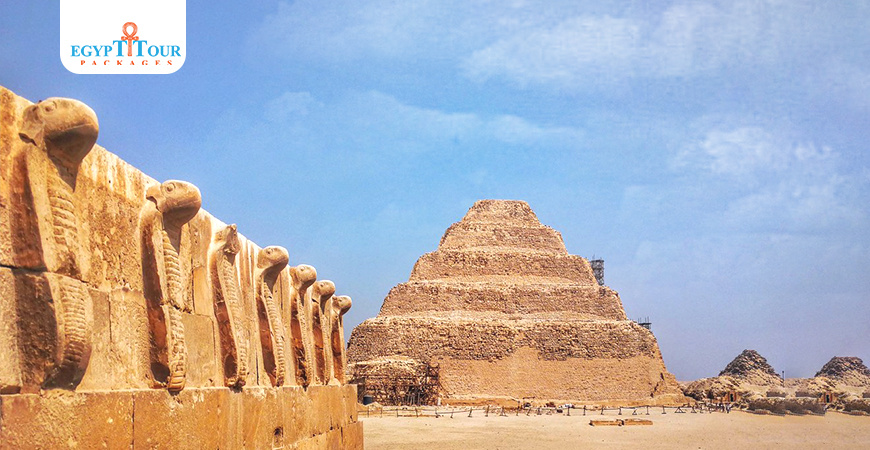







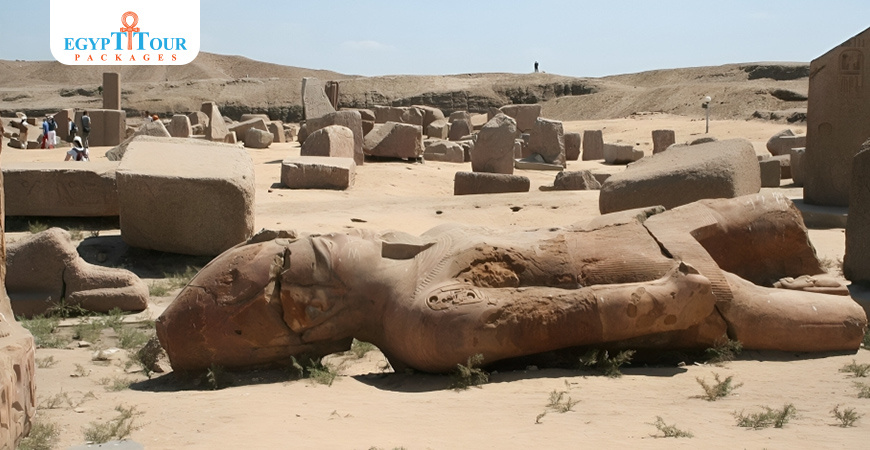


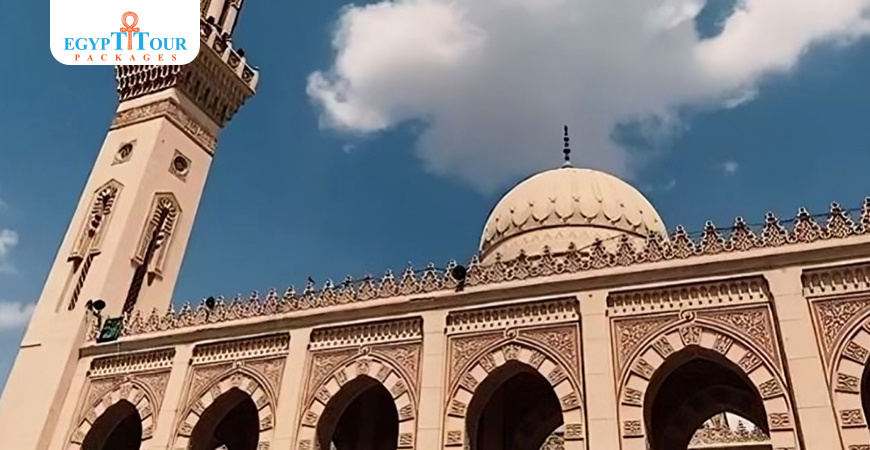


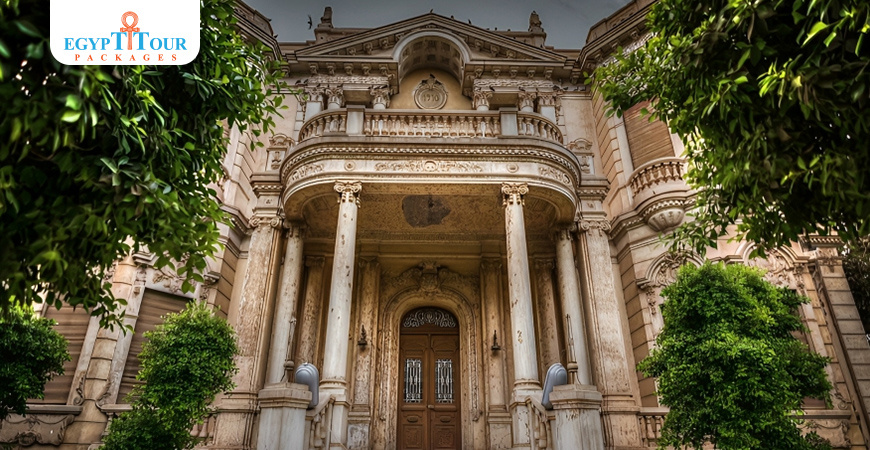
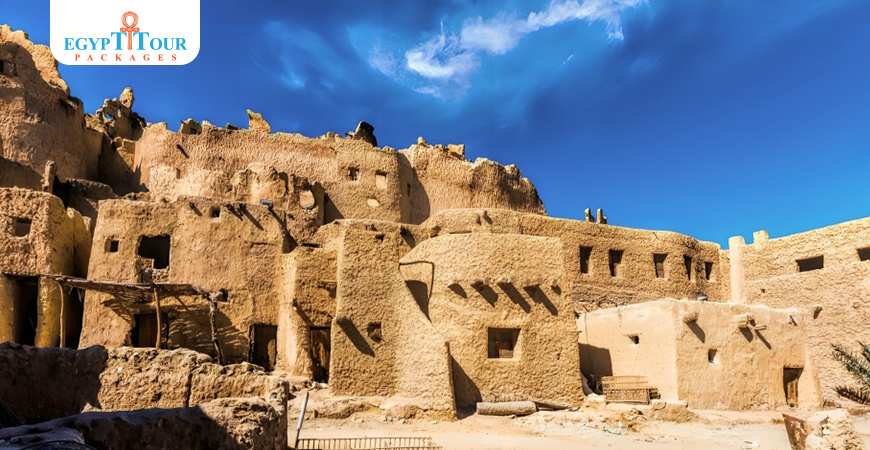
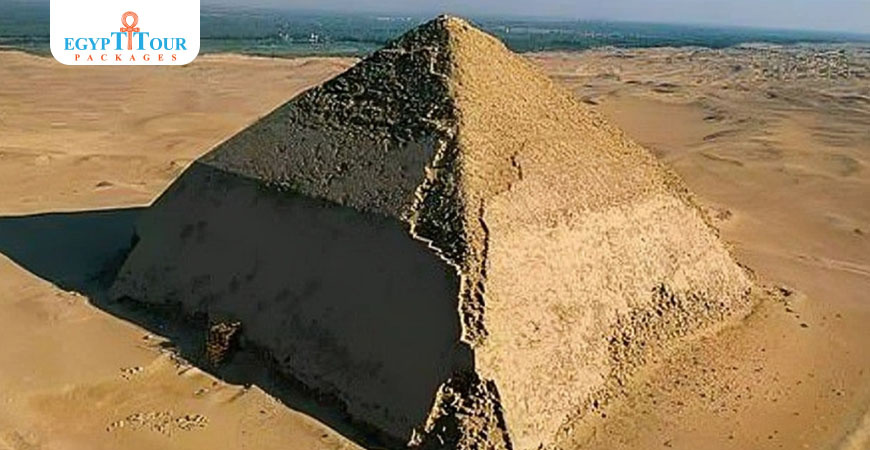
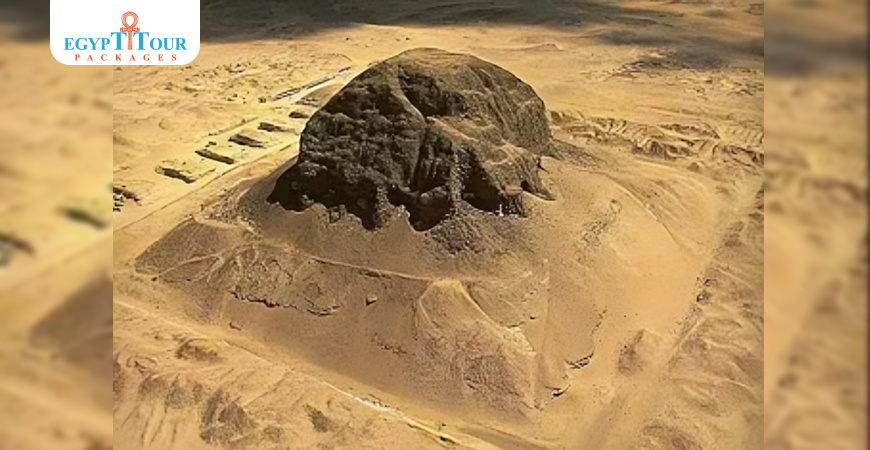
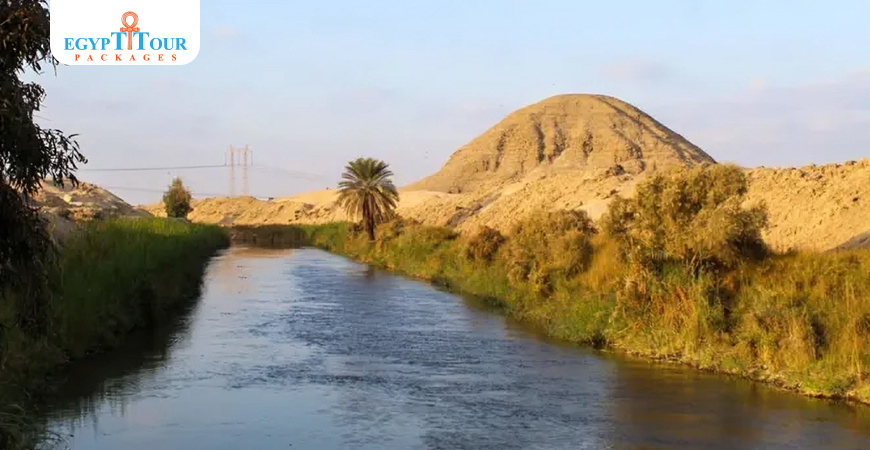
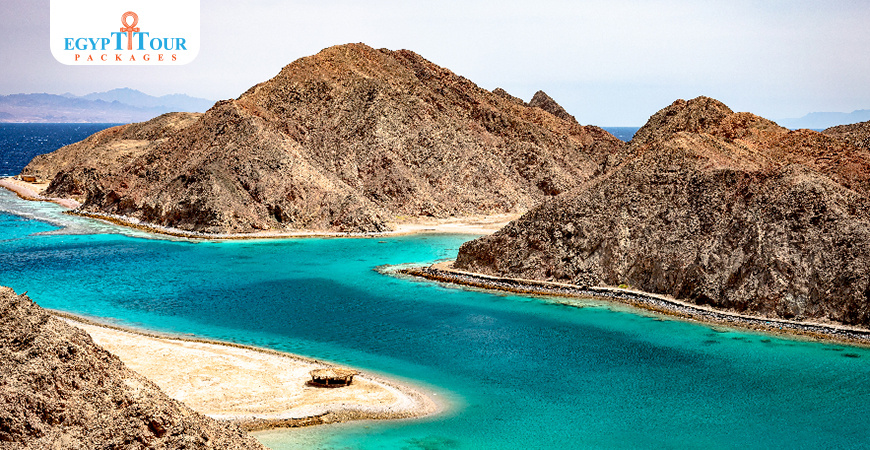

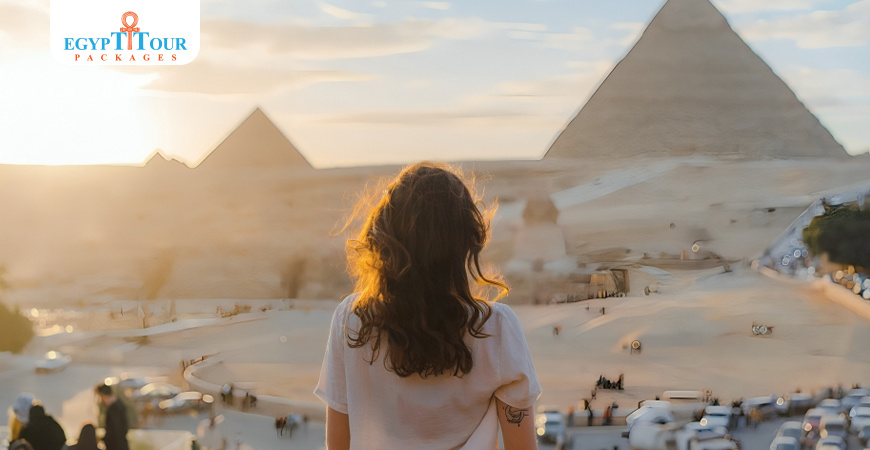
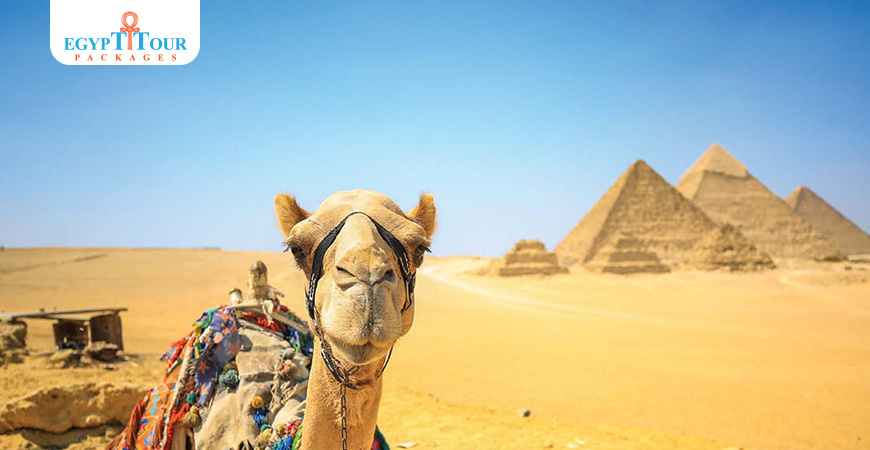











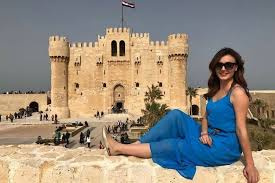

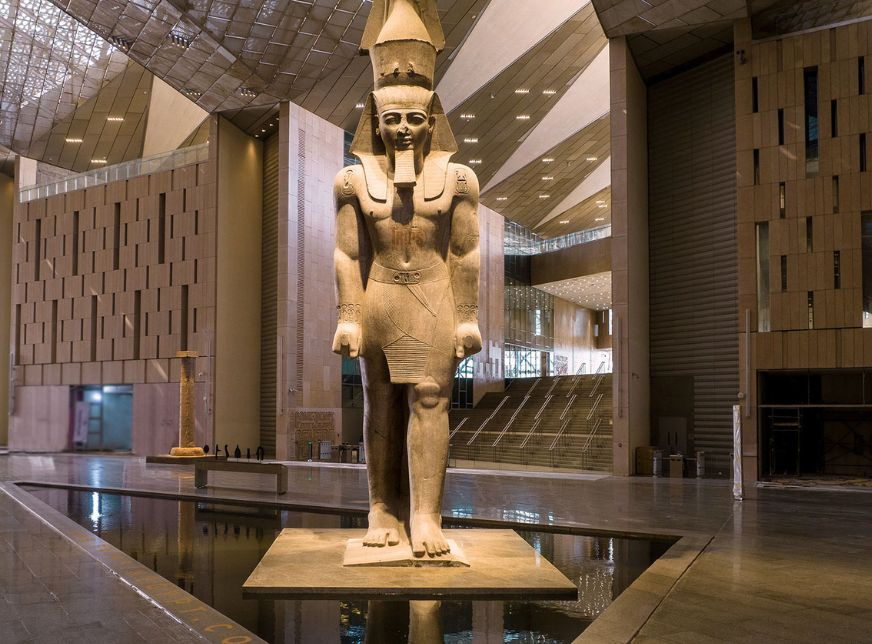

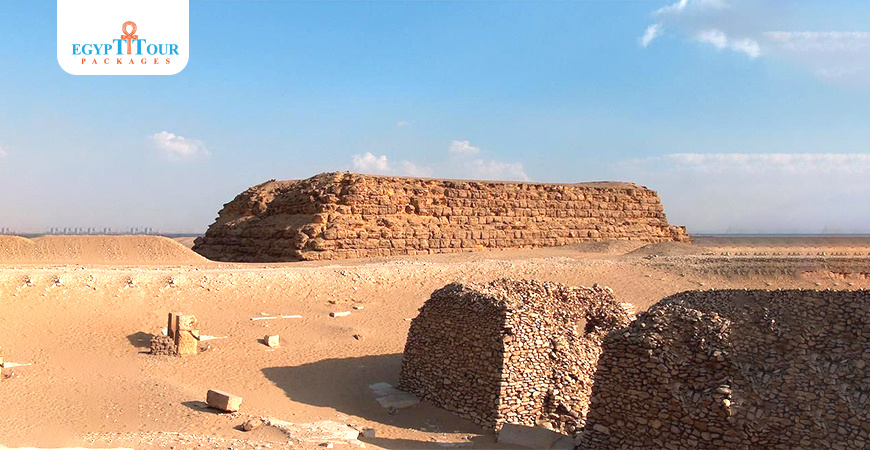
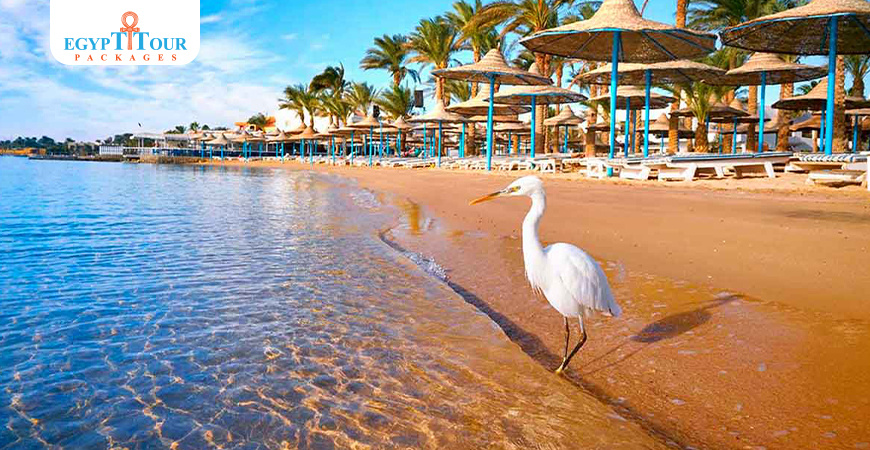










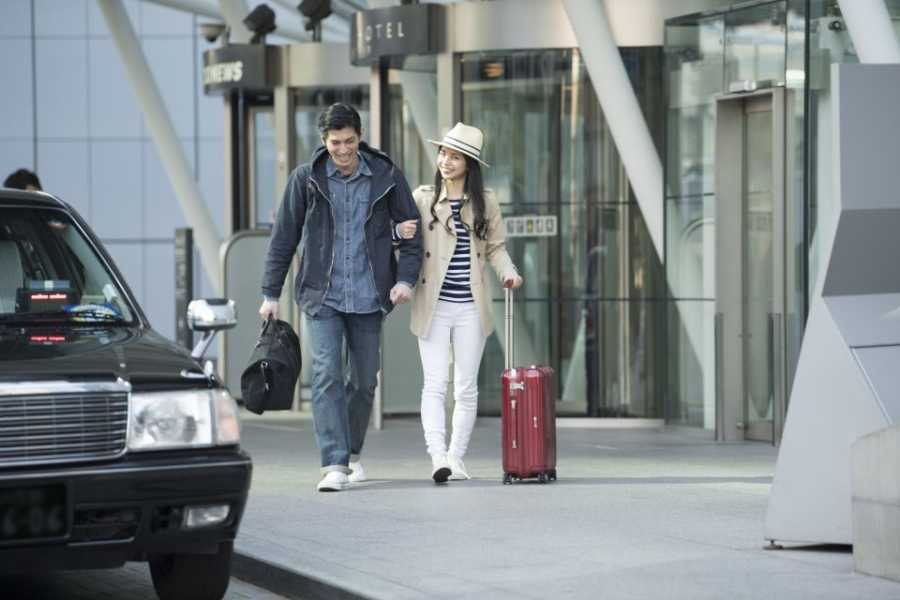



0 Comments